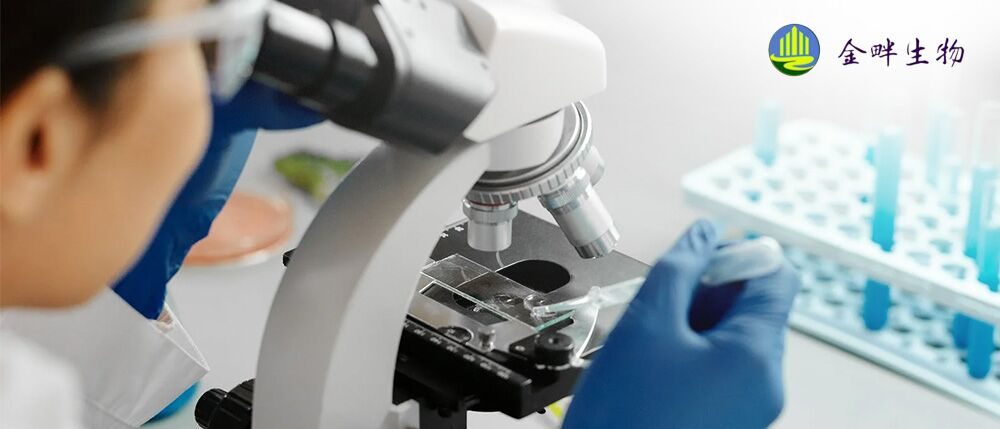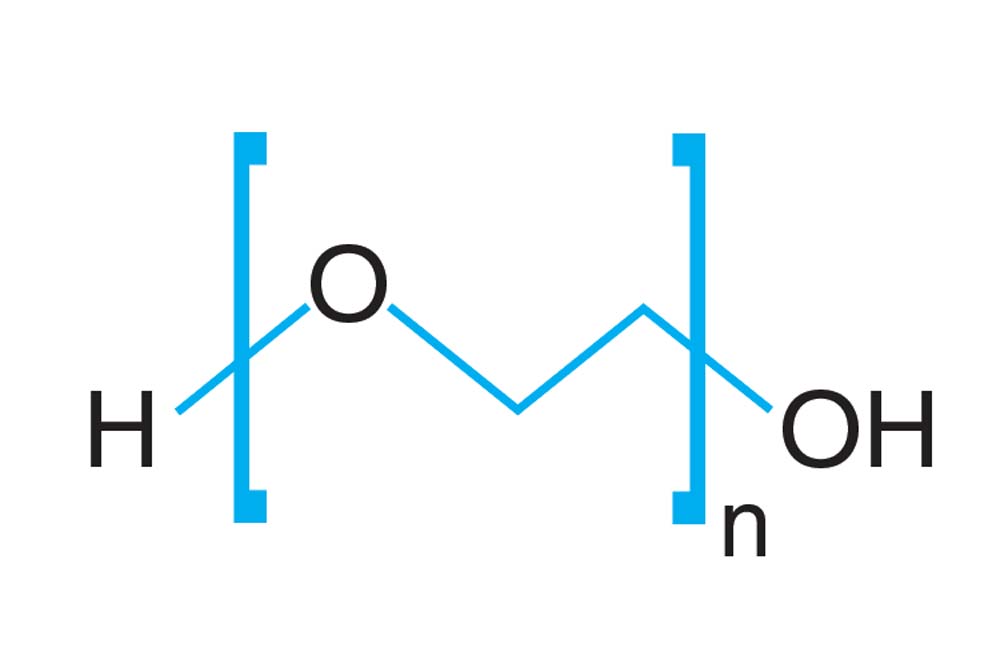Hampton 丙二酸钠 3.4 M Sodium malonate pH 4.0
Sodium malonate 丙二酸钠
APPLICATIONS 应用
- Crystallization grade Sodium malonate for formulating screens or for optimization用于筛选或优化的结晶级丙二酸钠
FEATURES 特征
- Sterile filtered solution
- Formulated in Type 1+ ultrapure water: 18.2 megaohm-cm resistivity at 25°C, < 5 ppb Total Organic Carbon, bacteria free (<1 Bacteria (CFU/ml)), pyrogen free (<0.03 Endotoxin (EU/ml)), RNase-free (< 0.01 ng/mL) and DNase-free (< 4 pg/µL)
- 无菌过滤液
- 在1+超纯水中配制:在25°C下电阻率为18.2兆,总有机碳<5 ppb,无细菌(<1细菌(CFU/ml)),无热原(<0.03内毒素(EU/ml)),无RNase(<0.01 ng/mL)和无DNase(<4 pg/L)
DESCRIPTION
The Sodium malonate offered by Hampton Research is Malonic acid (CAS Number 141-82-2) titrated to pH 4.0-8.0 using Sodium hydroxide as described in the publication “A comparison of salts for the crystallization of macromolecules. Alexander McPherson. Protein Science (2001), 10:418-422.”. In this same publication, Sodium malonate was reported to be more successful than any other salt, resulting in the crystallization of 19 of the 23 macromolecules, almost twice as effective as the next most successful salt, which was a draw between sodium acetate, sodium tartrate, sodium formate, and ammonium sulfate. The high success rate of Sodium malonate in producing crystals was even more impressive when an overall unique success rate with individual macromolecules was considered.
The use of Sodium malonate in place of Ammonium sulfate has been reported in one instance to improve the reproducibility of crystals and improve resistance to physicochemical shocks. Sodium malonate also acted as a good cryoprotectant (Xing and Xu 2003).
One may combine the four different sodium malonate stocks to create a pH versus sodium malonate concentration grid for screening or optimization. Refer to the pH/Dilution Table for Sodium malonate.
Based on the structure of malonic acid titrated with sodium hydroxide, there are no chiral carbons so it is not characterized as having enantiomeric structures, such as D or L.
Synonyms: Propanedioic acid or Malonic acid
C3H4O4 (before titration with NaOH)
Mr 104.06 (before titration with NaOH)
CAS Number 141-82-2
EC Number 205-503-0
Beilstein Registry Number 1751370
Merck 14,5710
RTECS OO0175000
MDL Number MFCD00002707
Purity > 99.0%
pKa1 2.8
pKa2 5.7
描述
Hampton研究提供的丙二酸钠是苹果酸(化学文摘社编号141-82-2),使用氢氧化钠滴定至pH4.0-8.0,载于出版物“大分子结晶盐的比较”,Alexander McPherson,“蛋白质科学”(2001),10:418-422。在同一份出版物中,据报道,丙二酸钠比任何其他盐都更成功,导致23种大分子中的19种结晶,几乎是第二种最成功的盐的两倍,即乙酸钠、酒石酸钠、甲酸钠和硫酸铵之间的结晶。当考虑到单个大分子的整体独特成功率时,丙二酸钠在晶体生产中的高成功率更令人印象深刻。
有报道称,用丙二酸钠代替硫酸铵可提高晶体的重现性,提高其抗物理化学冲击的能力。丙二酸钠也是一种良好的冷冻保护剂(邢和旭,2003年)。
一种方法是将四种不同的丙二酸钠组合起来,形成一个pH值相对于丙二酸钠浓度的网格,用于筛选或优化。请参阅丙二酸钠的pH/稀释表。
根据氢氧化钠滴定丙二酸的结构,不存在手性碳,不具有对映体结构,如D或L。
同义词:丙二酸或丙二酸
C3H4O4(用氢氧化钠滴定前)
Mr104.06(用氢氧化钠滴定前)
核证机关编号141-82-2
欧共体号码205-503-0
伯尔斯坦登记处编号1751370
默克14,5710
RTECS OO 0175000
MDL号码MFCD 00002707
纯度>99.0%
PKA 1 2.8
PKa25.7
HR2-747 Measured Conductivity Range: 73.3 – 75.3 mS/cm at 25°C
HR2-747 Measured Refractive Index Range: 1.38365 – 1.38425 at 20°C
HR2-749 Measured Conductivity Range: 77.2 – 78.0 mS/cm at 25°C
HR2-749 Measured Refractive Index Range: 1.39264 – 1.39300 at 20°C
HR2-751 Measured Conductivity Range: 73.4 – 75.2 mS/cm at 25°C
HR2-751 Measured Refractive Index Range: 1.39938 – 1.39973 at 20°C
HR2-707 Measured Conductivity Range: 71.0 – 73.7 mS/cm at 25°C
HR2-707 Measured Refractive Index Range: 1.40090 – 1.40098 at 20°C
HR2-807 Measured Conductivity Range: 71.8 – 75.0 mS/cm at 25°C
HR2-807 Measured Refractive Index Range: 1.40106 – 1.40115 at 20°C
HR2-747测量电导率范围:25°C下73.3~75.3 ms/cm
HR2-747测量折射率范围:1.38365~1.38425℃,20°C
HR2-749在25°C下的电导率范围:77.2~78.0 ms/cm
HR2-749测量折射率范围:1.39264~1.39300℃,20°C
HR2-751测量电导率范围:25°C下73.4~75.2 ms/cm
HR2-751测量折射率范围:1.39938~1.39973℃,20°C
HR2-707测量电导率范围:25°C下71.0~73.7 ms/cm
HR2-707测量折射率范围:1.40090~1.40098℃,20°C
HR2-807测量电导率范围:25°C下71.8~75.0 ms/cm
HR2-807测量折射率范围:1.40106~1.40115℃,20°C
| HR2-747 | 3.4 M Sodium malonate pH 4.0 | 200 mL |
| HR2-749 | 3.4 M Sodium malonate pH 5.0 | 200 mL |
| HR2-751 | 3.4 M Sodium malonate pH 6.0 | 200 mL |
| HR2-707 | 3.4 M Sodium malonate pH 7.0 | 200 mL |
| HR2-807 | 3.4 M Sodium malonate pH 8.0 | 200 mL |
REFERENCES 参考文献
1. A comparison of salts for the crystallization of macromolecules. Alexander McPherson. Protein Science (2001), 10:418-422.
2. Crystallization of the PX domain of cytokine-independent survival kinase (CISK): improvement of crystal quality for X-ray diffraction with sodium malonate. Yi Xing and Wenqing Xu. Acta Cryst. (2003). D59, 1816-1818.
3. Malonate: a versatile cryoprotectant and stabilizing solution for salt-grown macromolecular crystals. T. Holyoak, T. D. Fenn, M. A. Wilson, A. G. Moulin, D. Ringe and G. A. Petsko. Acta Cryst. (2003). D59, 2356-2358.
4. Purification, crystallization and preliminary crystallographic analysis of Est25: a ketoprofen-specific hormone-sensitive lipase. Kim et al Acta Cryst. (2007). F63, 579–581.



 Primary and secondary, polymer and pH based crystallization screen for biological macromolecules
Primary and secondary, polymer and pH based crystallization screen for biological macromolecules